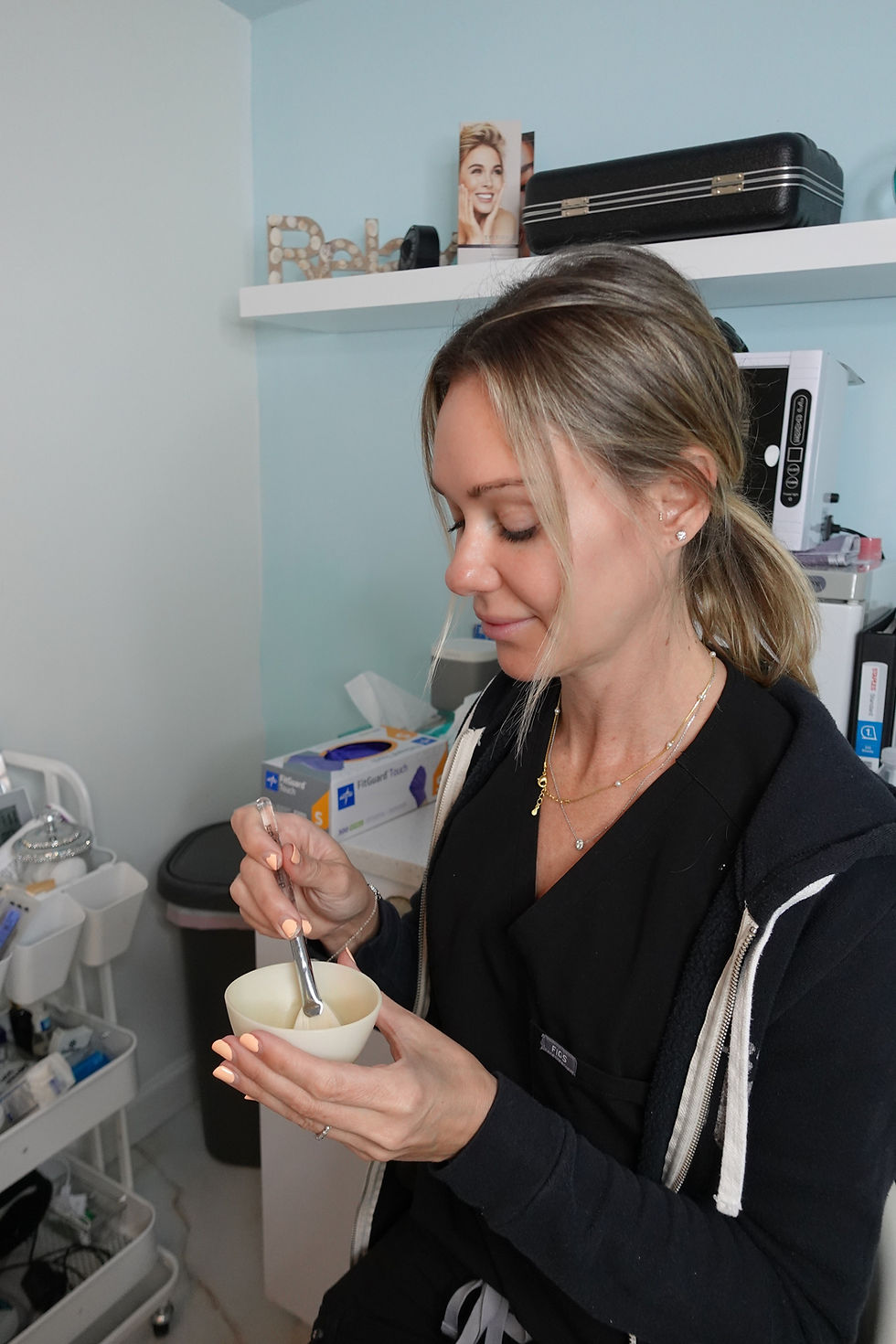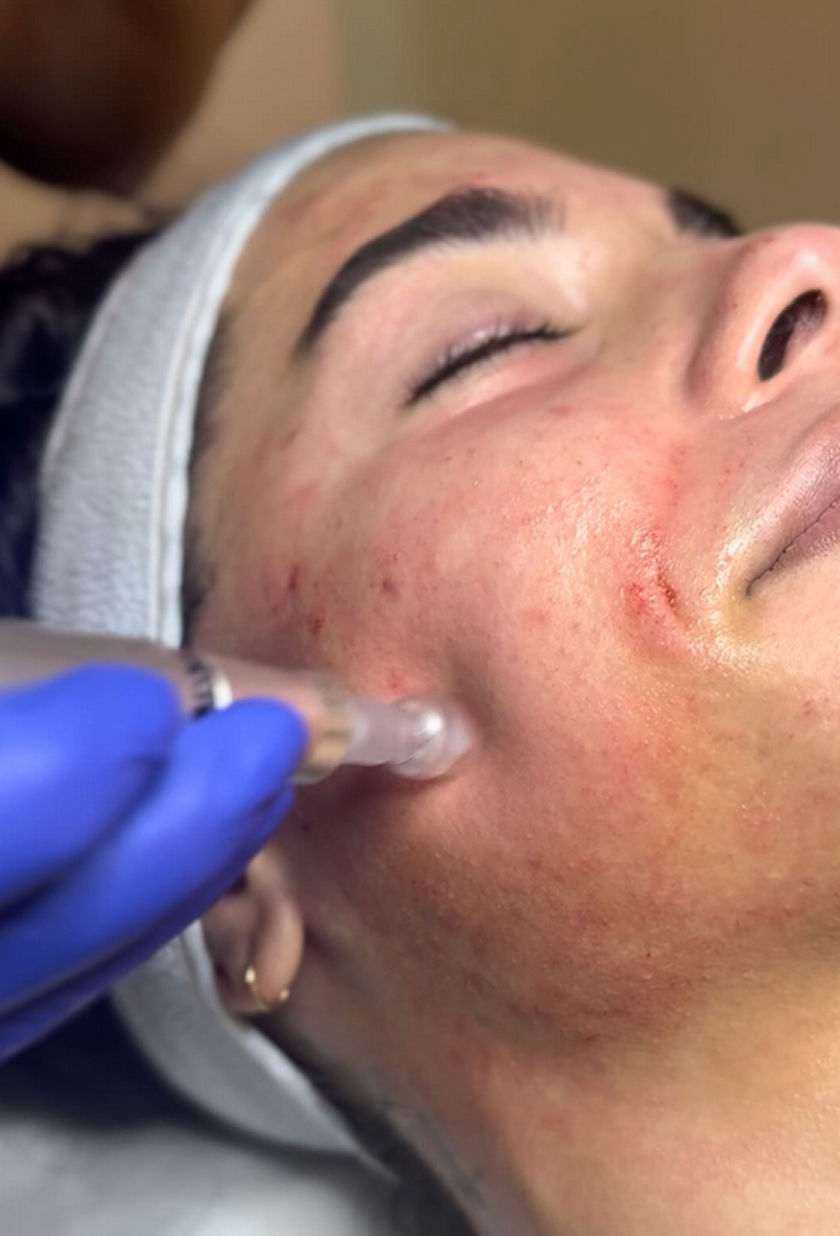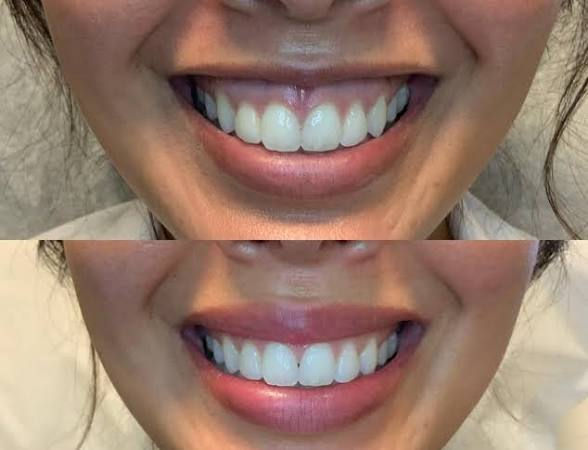
Enhance Your Well-Being
Explore exclusive promotions made to elevate your beauty, wellness, and confidence.
Top rated in palm beach county
500+ Google reviews
By our experts
50,000 treatments
Board certified medical oversight
Expertise
Of combined clinical experience
30+ years
500+ Google reviews
500+ Google reviews
500+ Google reviews
500+ Google reviews
Personalized Aesthetic Care that Restores, Refines, and Reimagines You
Explore advanced treatments for skin, hair, and wellness concerns—crafted with precision, innovation, and care to help you look and feel your most radiant self.
Filters

Real Stories. Genuine Confidence. Timeless Results.
Experience the confidence our patients share every day—real stories of transformation, renewal, and care guided by board-certified expertise and compassion.
Wilmer P.
What a fantastic place! This spa has a calming ambiance and a team that truly cares about their clients. I had a chemical peel and noticed immediate improvements in my skin texture. Five stars all the way!
Melodie C.
I recently moved from NYC to west palm and I was frightened to go to a new unknown place . I was so glad to find Beverly Hill wellness center. I absolutely love this place!! Great facials, great skin care and services. Dr Dahabra and his team are very professional, knowledgeable and very friendly. Highly recommended!
Shay Mousavi
Most amazing staff and doctor! They took the best care especially for my first visit. Highly recommend for all your beauty needs!
Melissa R.
The best team around. Extremely clean office with a confident and talented team. Highly responsive and accommodating with scheduling. Ingrid is amazing - always smiling and welcoming. Dr. Jay is extremely thorough and detail oriented. Sheila, Lauren, Dr. D - wonderful on all levels. Very natural results - highly recommend!
Shay M.
Most amazing staff and doctor! They took the best care especially for my first visit. Highly recommend for all your beauty needs!
Josh R.
I had an amazing experience starting from the first call I made! Everyone is very knowledgeable and I felt very comfortable around everyone. Ingrid, Miguel, and Dr. Dahabra provided me the best experience I could ask for.
Erica Olthaus
I had the most amazing experience. Dr D and Ingrid were fantastic. They explained everything that they were doing while completing the procedure. There was zero pain involved and I LOVE my results.
Syd V.
The best in Palm Beach, great service, knowledgeable esthetician, plus great customer service, Ingrid at the front desk is awesome.
Erica O.
I had the most amazing experience. Dr D and Ingrid were fantastic. They explained everything that they were doing while completing the procedure. There was zero pain involved and I LOVE my results.
Jennifer S.
I always look great after leaving this place. Dr. D is a Botox magician. The best I’ve had since I’ve been in Florida. I haven’t tried their other services but I’m thinking about trying under eye fillers there next. It’s a very cute, modern, upscale office and everyone there is very friendly. I highly recommend them.
Matison N.
There’s a reason this place has so many amazing reviews. The staff truly goes above and beyond always friendly, professional, and helpful. I’ve tried multiple services here, including Botox, filler, microneedling, and facials, and every experience has been excellent. I come back monthly because the results and service are consistently outstanding.
Josh R.
I had an amazing experience starting from the first call I made! Everyone is very knowledgeable and I felt very comfortable around everyone. Ingrid, Miguel, and Dr.Dahabra provided me the best experience I could ask for :)
Emily V.
I had an amazing experience at this place! I’d been struggling with random acne flare ups, and Elly gave me the most incredible facial.
I noticed immediate improvements afterward. Ingrid was also extremely knowledgeable and recommended products that completely transformed my skin within just four days.
It’s clear that the staff here genuinely care about their clients. I highly recommend this place to anyone looking to improve their skin. Outstanding service and a truly exceptional team!

Real Results. Refined Confidence.
See how personalized care, advanced technology, and aesthetic precision create transformations that look natural, radiant, and uniquely you.

Signature Memberships
Enjoy year-round savings and personalized care. Each membership is thoughtfully designed to make your wellness journey effortless, rewarding, and uniquely yours.
-Up to 20% off Injectables
-Up to 20% off Laser, Facials, and Retail
-Botox from $9/unit
-Quarterly AURA Skin & Face analysis to track your progress
Follow us for expert skincare tips, behind-the-scenes moments, and a closer look at the artistry, innovation, and confidence that define Beverly Hills Wellness Center & Med Spa.



.jpg)




























